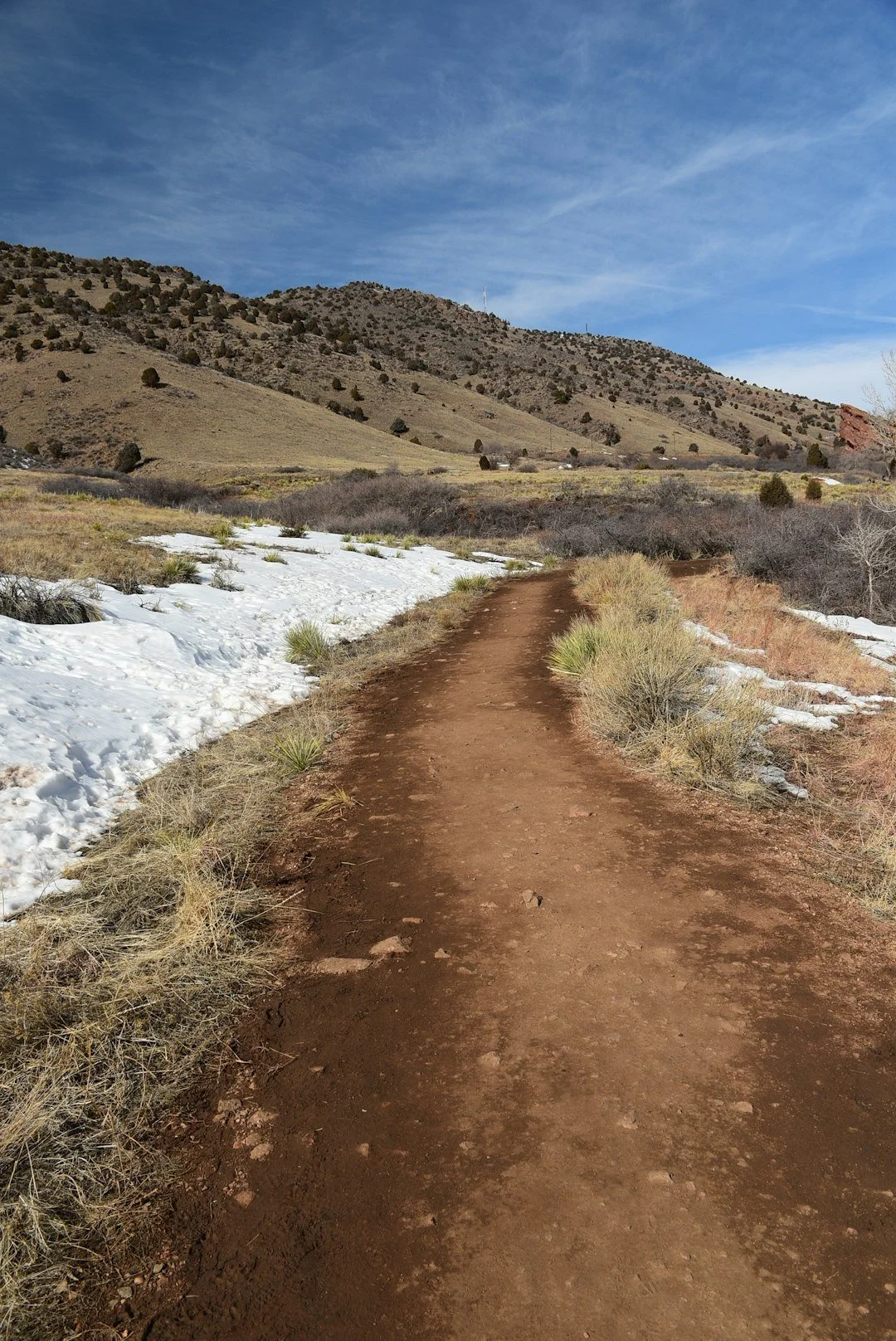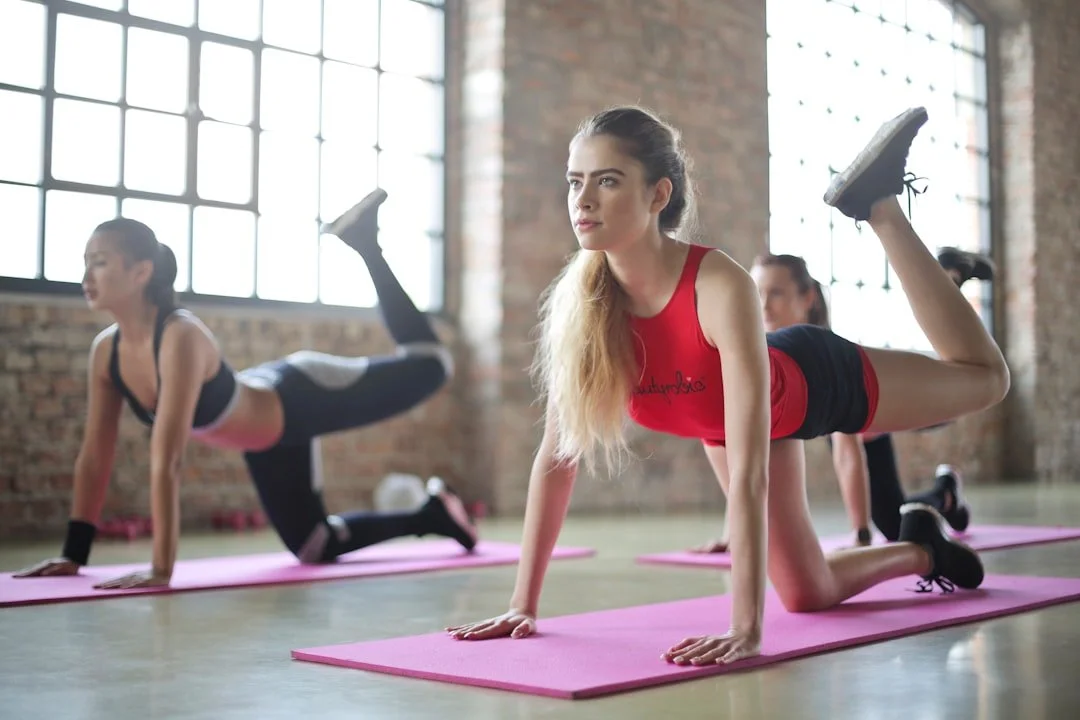Denver Winter Fitness: How to Stay Active (and Injury-Free) When It's Cold
By Brett Green • 2025-10-20
Your muscles are 30% weaker when they're cold.
That stat stopped me in my tracks when I first read it in a sports medicine journal. It explains why I see a spike in hamstring strains and back tweaks every December through March in my Denver clinic.
But here's what most people miss: it's not just the cold. Denver's altitude compounds the problem. At 5,280 feet, you're getting about 17% less oxygen per breath. Combine that with 20°F mornings, and your body faces a unique challenge that requires a smarter approach than "just tough it out."
The Triple Threat: What Actually Happens to Your Body
1. Your Muscles Turn Into Cold Rubber Bands
Below 59°F muscle temperature, your muscle fibers literally become less elastic. Think of pulling a rubber band from the freezer—it's more likely to snap than stretch. This temperature drop happens faster than you think: just 10 minutes in 30°F weather can reduce muscle temperature by 2-3 degrees.
2. Blood Flow Plays Hide and Seek
Your body's smart. When it's cold, it redirects blood flow from your extremities to protect vital organs. Great for survival, terrible for that first mile. Your quads and calves are getting 15-25% less blood flow in the cold, which means less oxygen and more metabolic waste buildup.
3. The Altitude-Cold Double Whammy
Here's what the fitness blogs won't tell you: altitude makes cold feel colder to your muscles. With less oxygen available, your muscles work harder to maintain the same output. Add cold-induced vasoconstriction, and you've created the perfect storm for overuse injuries.
Red Rocks in winter: Beautiful, but your muscles need extra prep to handle these conditions
The 15-Minute Insurance Policy (That Actually Works)
Forget the 5-minute jog-and-stretch routine. Cold weather demands a progressive warm-up that actually raises muscle temperature:
Minutes 1-5: Wake Up the System Start indoors if possible. Light movement—arm circles, leg swings, torso twists. You're not stretching; you're telling your nervous system it's time to work.
Minutes 5-10: Progressive Loading This is where most people mess up. Don't jump into your workout pace. If you're running, start at 40% effort. If you're lifting, begin with bodyweight versions of your exercises. Your muscles need this gradual temperature increase.
Minutes 10-15: Movement-Specific Prep Now add complexity. Runners: high knees, butt kicks, lateral shuffles. Lifters: light weight with full range of motion. You should feel warm, not tired.
The data backs this up: A proper warm-up can increase muscle temperature by 3-4°F and improve power output by up to 20% in cold conditions.
The Moves That Matter (Skip the Fluff)
Not all exercises are created equal in Denver winters. Here's what I prescribe to my athletes:
Winner: Single-Leg Romanian Deadlifts
Why: Trains balance, strengthens hamstrings eccentrically (where most cold injuries happen), and improves proprioception—crucial when trails are icy.
How to do it: Stand on one leg, keep a slight bend in your knee. Hinge at the hip while extending your free leg behind you for balance. Lower until you feel a stretch in your hamstring (usually torso parallel to ground), then return to standing. Start with 2-3 sets of 8-10 reps per leg. Hold a light dumbbell once you master the bodyweight version.
Winner: Box Step-Ups with Knee Drive
Why: Mimics the demands of hiking/running on elevation, builds single-leg power, and keeps you moving (static holds are injury magnets in the cold).
How to do it: Use a box at knee height. Step up with full foot on the box, drive opposite knee up to hip height, control the descent. Keep your chest up, don't push off your back leg. 3 sets of 10-12 reps per leg. Add weight by holding dumbbells at your sides once this feels easy.
Skip It: Static Stretching Before Exercise
The research is clear: static stretching cold muscles increases injury risk by up to 30%. Save it for post-workout when you're warm.
Winner: Bear Crawls
Why: Full-body movement that raises core temperature fast, improves shoulder stability, and works in all planes of motion.
How to do it: Start on hands and knees, lift knees 2 inches off ground. Move forward by stepping opposite hand and foot together. Keep hips level with shoulders, core tight. 3 sets of 20-30 seconds forward and backward. Perfect for indoor warm-ups before heading out.
Yes, people actually work out here in January. No, they're not all crazy.
The Recovery Rules Nobody Talks About
Your recovery needs change dramatically in winter. Here's what I've learned treating Denver athletes:
The 10-Minute Window
You have about 10 minutes post-exercise before your body temperature drops significantly. Get inside, change out of wet clothes, and do light movement to maintain circulation. This window is crucial for preventing delayed-onset muscle soreness.
Hydration Isn't Seasonal
You lose almost as much fluid exercising in cold weather as in heat—you just don't notice it. The dry Denver air compounds this. Aim for 16-20 oz per hour of exercise, even if you don't feel thirsty.
Sleep Is Your Superpower
Your body works harder to maintain temperature and recover at altitude. Most people need an extra 30-60 minutes of sleep in winter to maintain the same recovery quality. This isn't weakness; it's physiology.
Know When to Call It
Real talk: Sometimes the smart move is to modify or move indoors. These are non-negotiables:
Wind chill below -18°F (frostbite can occur in 30 minutes)
Ice storms or freezing rain (I see more injuries from slips than from training)
Respiratory issues + cold air (altitude already stresses your lungs)
First week back after illness (your thermoregulation is compromised)
Building Cold Tolerance (The Smart Way)
Week 1-2: Start with 15-minute outdoor sessions after a full indoor warm-up. Keep intensity at 60-70% of your normal effort.
Week 3-4: Extend to 30-minute sessions. Begin your warm-up indoors but finish it outside. Bump intensity to 75-80%.
Week 5-6: Progress to your normal workout duration. Start your entire warm-up outside (dressed appropriately). You can now hit 85-90% intensity after warming up.
Week 7+: Your body is adapted. You can train at full intensity with proper warm-up. You'll notice you feel less cold at the same temperatures.
Essential Winter Gear (That Actually Makes a Difference)
The Non-Negotiables:
Merino wool base layer ($40-80): Regulates temperature even when wet from sweat
Windproof outer shell ($60-150): Wind is the real enemy, not just cold
Buff or neck gaiter ($15-25): Warm the air you breathe, protect your throat
Trail shoes with carbide studs ($100-150): Yaktrax work but alter your gait; integrated studs are better
Touchscreen-compatible liner gloves ($15-30): So you don't have to remove gloves to adjust your playlist
The Game-Changers:
Heated insoles ($100-200): For those brutal sub-20°F days
Vapor barrier socks ($20-40): Keeps feet dry in snow
Clear or yellow lens glasses ($30-80): Protects eyes from wind, improves contrast on cloudy days
Your Winter Game Plan
Extend your warm-up by 50% - If you normally warm up for 10 minutes, make it 15.
Layer smart, not thick - Moisture-wicking base, insulating middle, wind-proof outer. You should feel slightly cool when you start.
Adjust your intensity - Drop your pace/load by 10-15% when it's below freezing. You can build intensity as you warm up.
Plan your route - Have bail-out points every 15 minutes where you can get warm if needed.
Listen to your body differently - That slight hamstring tightness that you'd normally push through? Not in January. Cold muscles don't give second chances.
The Bottom Line
Denver winters don't mean you need to hibernate or tough it out until March. They mean you need to be smarter about how you train. The athletes I work with who stay injury-free aren't the toughest—they're the ones who respect what cold and altitude do to their bodies and adjust accordingly.
Your muscles are counting on you to make the smart call. Give them the extra time to warm up, the proper recovery they need, and the respect they deserve when the mercury drops.
Stay warm, stay smart, and I'll see you on the trails.
Brett Green PT, DPT is a physical therapist and personal trainer in Denver, specializing in helping active adults return to the activities they love. Find more evidence-based training tips at @getbackwithbrett.
References
Practicing Sport in Cold Environments: Practical Recommendations - National Library of Medicine
Exercising Outdoors in Winter - Mayo Clinic Sports Medicine
How to Stay Active in Cold Weather - American Heart Association


